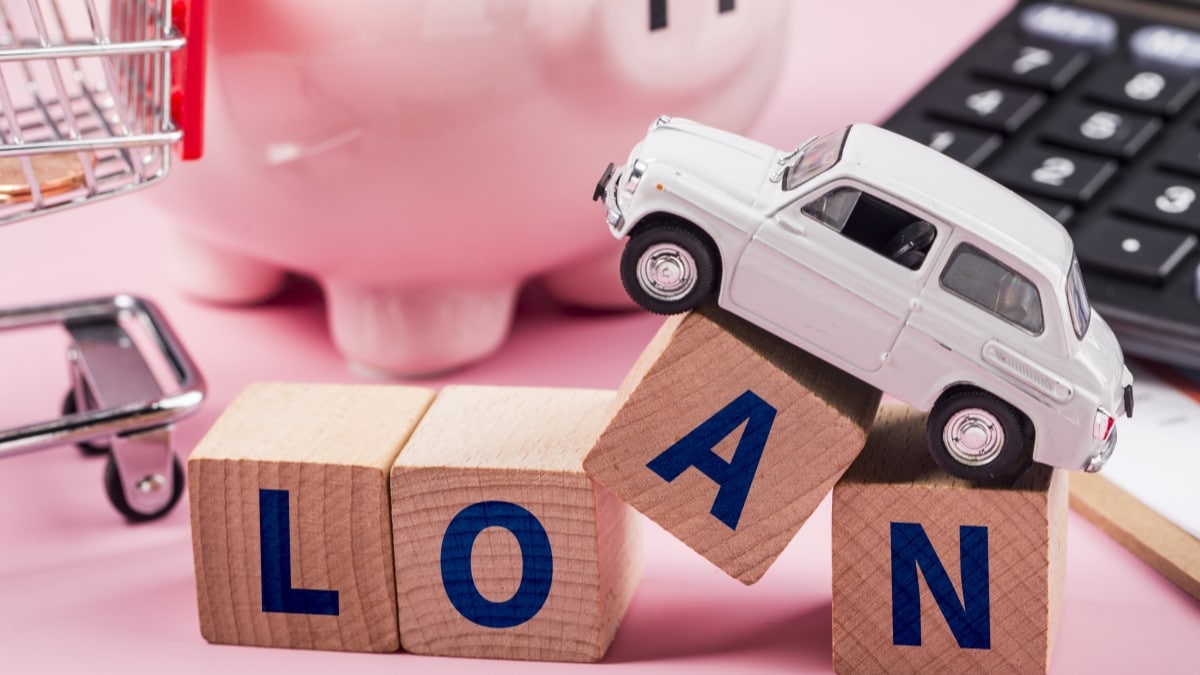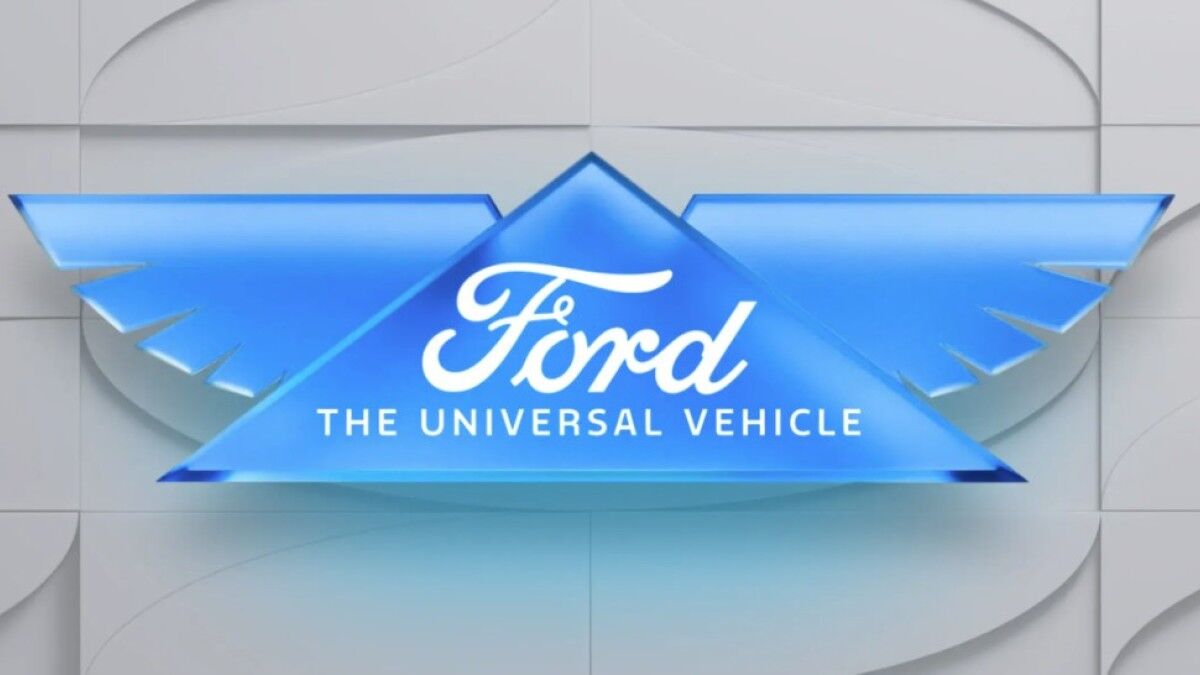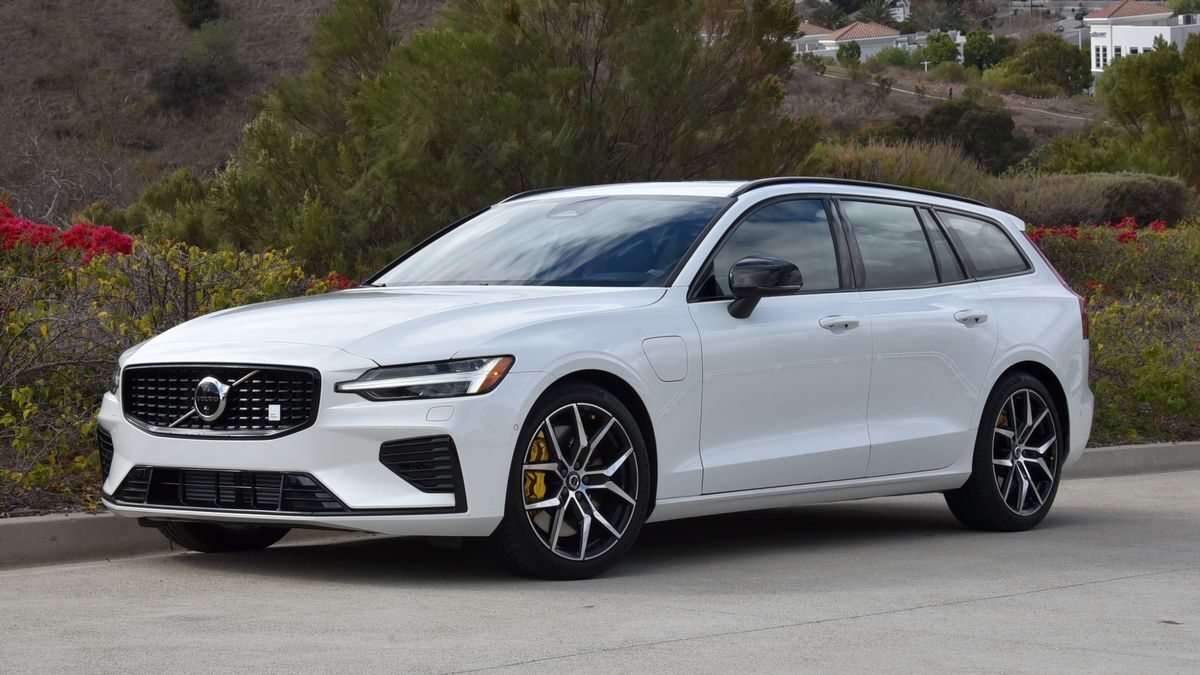The economic news is alarming these days, full of possible wild swings as a new presidential administration proposes radical changes in nearly every kind of policy. But the actual numbers? Those are surprisingly stable and positive at the moment.
In January, new cars were easier for the average buyer to afford than at any point in the last 41 months.
Related: Is Now The Time To Buy, Sell, or Trade in a Car?
Our favorite way to measure a car’s price isn’t money. It’s time. Few Americans can afford to buy a car outright with cash. Most of us borrow to buy and work to pay off the loan. So, the Cox Automotive/Moody’s Analytics Vehicle Affordability Index measures how long the average earner would need to work to pay off the average new car loan.
Kelley Blue Book parent company Cox Automotive publishes the index.
Approaching Pre-COVID Numbers
Before the COVID-19 pandemic rocked the global economy, the time metric routinely fluctuated between 33 and 36 weeks. Once the shocks started, it soared, peaking at 44 weeks in December 2022.
In January, it fell back to 37.7.
“New-vehicle affordability received a boost from the lower prices typically observed in January following the luxury brand sales surge in December,” explains Jonathan Smoke, chief economist at Cox Automotive. “These lower prices, combined with higher incomes, more than offset lower incentives and a slight increase in interest rates during January.”
In January, the typical payment declined by 1.3% to $755, which was down 1.7% year over year. The average monthly payment had previously peaked at $795 in December 2022.
It’s hard to predict what could happen with car prices in 2025, as the Trump administration has suggested it may enact as many as four separate tariffs over the next two months, each of which could drive car prices higher.
But, in the short term, car shopping is easier than it’s been in more than three years.








